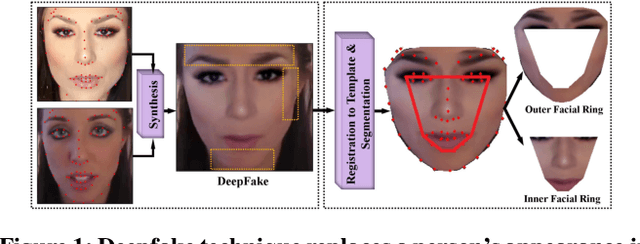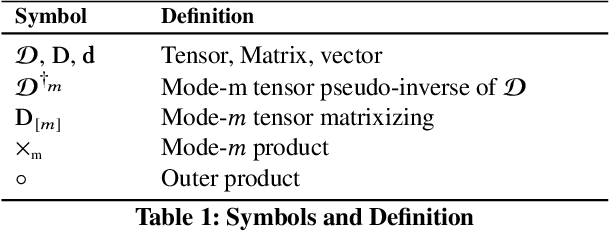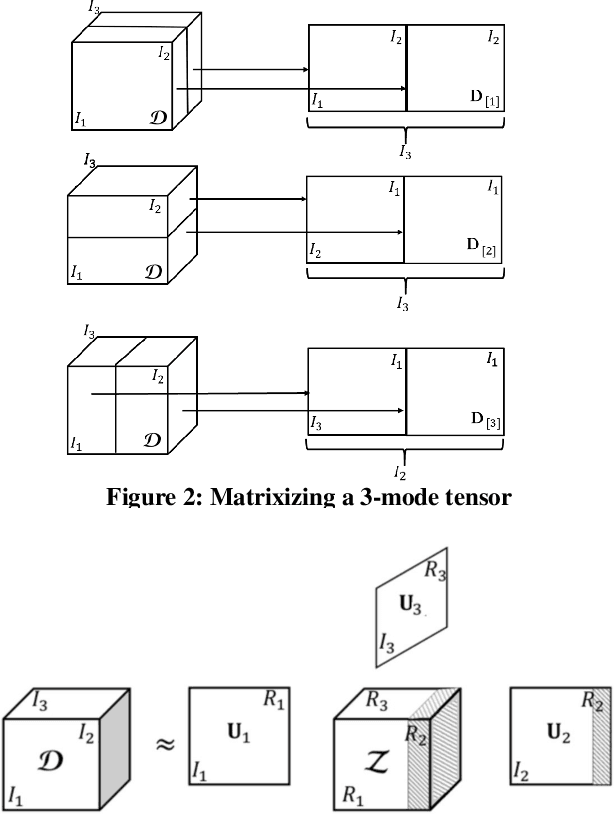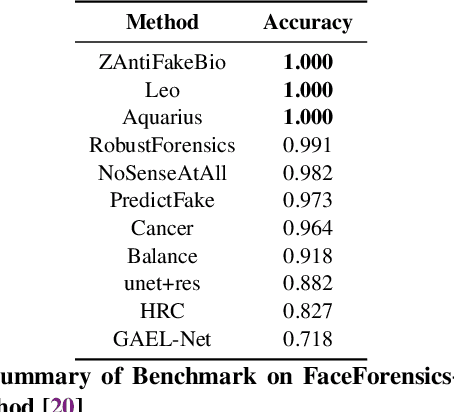M. Alex O. Vasilescu
Causal Deep Learning: Causal Capsules and Tensor Transformers
Jan 01, 2023Abstract:We derive a set of causal deep neural networks whose architectures are a consequence of tensor (multilinear) factor analysis. Forward causal questions are addressed with a neural network architecture composed of causal capsules and a tensor transformer. The former estimate a set of latent variables that represent the causal factors, and the latter governs their interaction. Causal capsules and tensor transformers may be implemented using shallow autoencoders, but for a scalable architecture we employ block algebra and derive a deep neural network composed of a hierarchy of autoencoders. An interleaved kernel hierarchy preprocesses the data resulting in a hierarchy of kernel tensor factor models. Inverse causal questions are addressed with a neural network that implements multilinear projection and estimates the causes of effects. As an alternative to aggressive bottleneck dimension reduction or regularized regression that may camouflage an inherently underdetermined inverse problem, we prescribe modeling different aspects of the mechanism of data formation with piecewise tensor models whose multilinear projections are well-defined and produce multiple candidate solutions. Our forward and inverse neural network architectures are suitable for asynchronous parallel computation.
* The document contains both the article and the supplemental material
Deepfake Representation with Multilinear Regression
Aug 15, 2021



Abstract:Generative neural network architectures such as GANs, may be used to generate synthetic instances to compensate for the lack of real data. However, they may be employed to create media that may cause social, political or economical upheaval. One emerging media is "Deepfake".Techniques that can discriminate between such media is indispensable. In this paper, we propose a modified multilinear (tensor) method, a combination of linear and multilinear regressions for representing fake and real data. We test our approach by representing Deepfakes with our modified multilinear (tensor) approach and perform SVM classification with encouraging results.
CausalX: Causal Explanations and Block Multilinear Factor Analysis
Feb 27, 2021


Abstract:By adhering to the dictum, "No causation without manipulation (treatment, intervention)", cause and effect data analysis represents changes in observed data in terms of changes in the causal factors. When causal factors are not amenable for active manipulation in the real world due to current technological limitations or ethical considerations, a counterfactual approach performs an intervention on the model of data formation. In the case of object representation or activity (temporal object) representation, varying object parts is generally unfeasible whether they be spatial and/or temporal. Multilinear algebra, the algebra of higher-order tensors, is a suitable and transparent framework for disentangling the causal factors of data formation. Learning a part-based intrinsic causal factor representations in a multilinear framework requires applying a set of interventions on a part-based multilinear model. We propose a unified multilinear model of wholes and parts. We derive a hierarchical block multilinear factorization, the M-mode Block SVD, that computes a disentangled representation of the causal factors by optimizing simultaneously across the entire object hierarchy. Given computational efficiency considerations, we introduce an incremental bottom-up computational alternative, the Incremental M-mode Block SVD, that employs the lower-level abstractions, the part representations, to represent the higher level of abstractions, the parent wholes. This incremental computational approach may also be employed to update the causal model parameters when data becomes available incrementally. The resulting object representation is an interpretable combinatorial choice of intrinsic causal factor representations related to an object's recursive hierarchy of wholes and parts that renders object recognition robust to occlusion and reduces training data requirements.
* arXiv admin note: text overlap with arXiv:1911.04180
 Add to Chrome
Add to Chrome Add to Firefox
Add to Firefox Add to Edge
Add to Edge